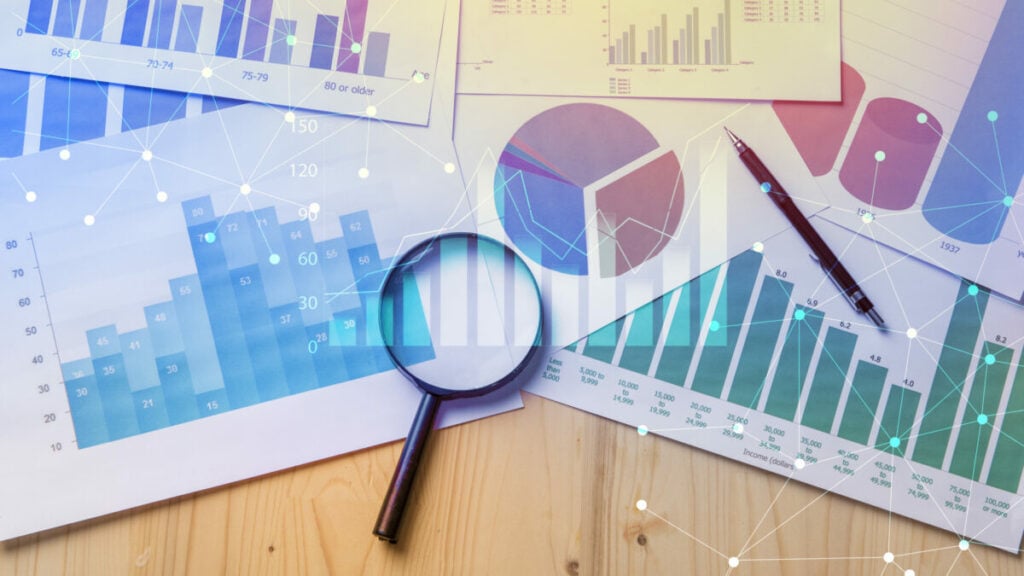
Economic Growth Cools: Australia’s Q1 Expansion at 2.3%
Australia’s economy experienced a cooling effect as the first quarter expansion settled at 2.3%, marking the slowest growth in one and a half years. Economists had anticipated a slightly higher growth rate of 2.4%, but the actual figures fell short of expectations.
The Australian Bureau of Statistics reported that gross domestic product (GDP) grew by 0.2% on a quarter-on-quarter basis, compared to the projected 0.3% expansion. Katherine Keenan, the head of National Accounts at the Bureau, highlighted that this marks the sixth consecutive quarterly GDP rise. However, it still represents the slowest growth since the Covid-19 Delta lockdowns in the September quarter of 2021.
Growth Momentum and Factors Driving Expansion in Australia
The main contributors to the GDP growth this quarter were private and public gross fixed capital formation, as stated by Keenan. These factors played a significant role in bolstering the economy during this period.
The GDP readings hold considerable importance in shaping the Reserve Bank of Australia’s decision-making process regarding monetary policy. Surprising the markets, the RBA recently raised its benchmark policy rate by 25 basis points to 4.1%. As a result, the rates reached an 11-year high.
Reserve Bank of Australia Governor Philip Lowe, in his speech at the Morgan Stanley Australia Summit, reiterated the central bank’s intention. The latter aims to navigate a “narrow path” in the country’s monetary policy. Lowe emphasized the importance of achieving a delicate balance where inflation returns to the target range of 2% to 3%, the economy continues to grow, and improvements in the labor market are sustained.
What Do The Analysts Say?
Economist Abhijit Surya from Capital Economics expressed concerns over the sluggish productivity growth despite the slowdown in GDP. He highlighted a quarter-on-quarter decline of 0.3% in GDP per hour worked. That resulted in an annual fall of 4.6% in productivity—a record decline.
Surya also pointed out that labor market data suggests a further weakening of productivity in the current quarter. That could contribute to higher unit labor costs and persistent services inflation.
Given the GDP readings and Lowe’s speech, Surya warned that there is a real risk of the RBA raising rates even higher. While his peak estimate for the RBA’s benchmark rate is 4.35%, the current economic conditions indicate the potential for more aggressive rate hikes.
Australia’s economy experienced a cooling effect in the first quarter, with an expansion rate of 2.3%. This slower growth highlights the challenges and considerations faced by the Reserve Bank of Australia as it navigates the country’s monetary policy to maintain a stable and balanced economic environment.
The Path Ahead for the Australian Economy
As the Australian economy navigates these challenges, the RBA will closely monitor various factors to shape its future decisions. Key indicators include the global economy, household spending patterns, and growth in labor unit costs. While uncertainties persist, the RBA aims to strike a delicate balance between fostering economic growth, managing inflation, and preserving labor market improvements. The recent GDP readings and Governor Lowe’s speech have sparked discussions about the possibility of further rate hikes. That only emphasizes the need for caution in the coming months.



